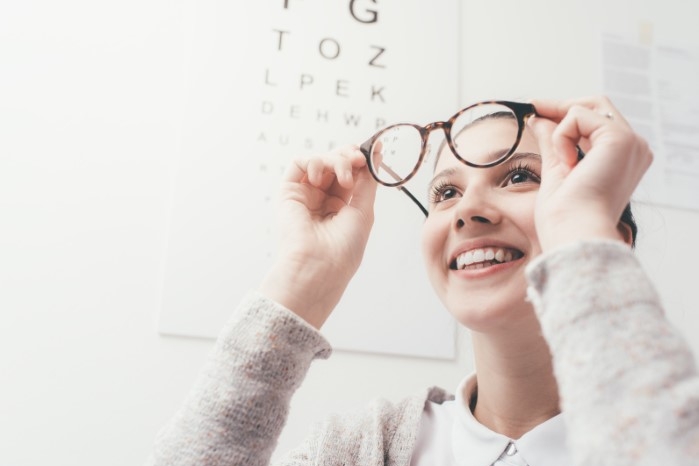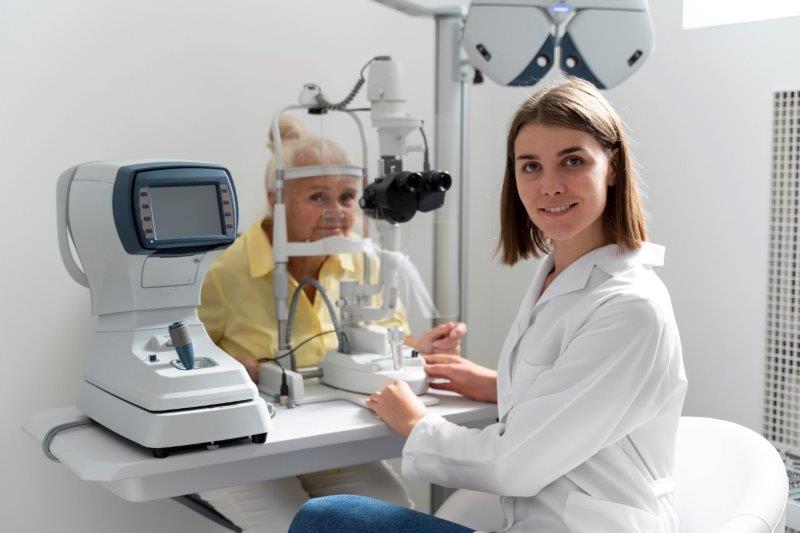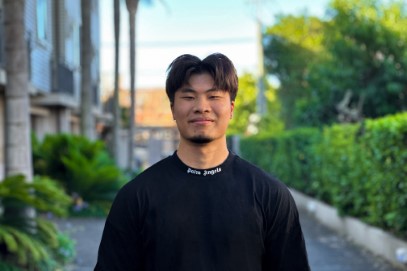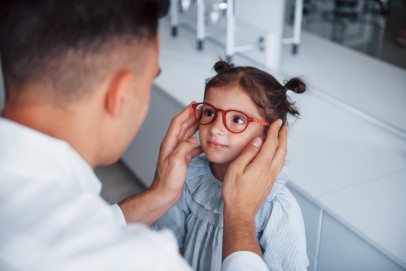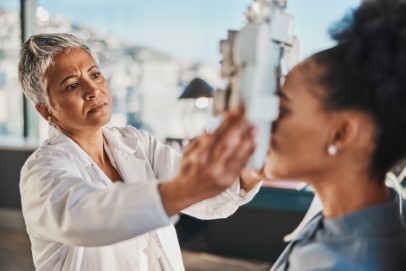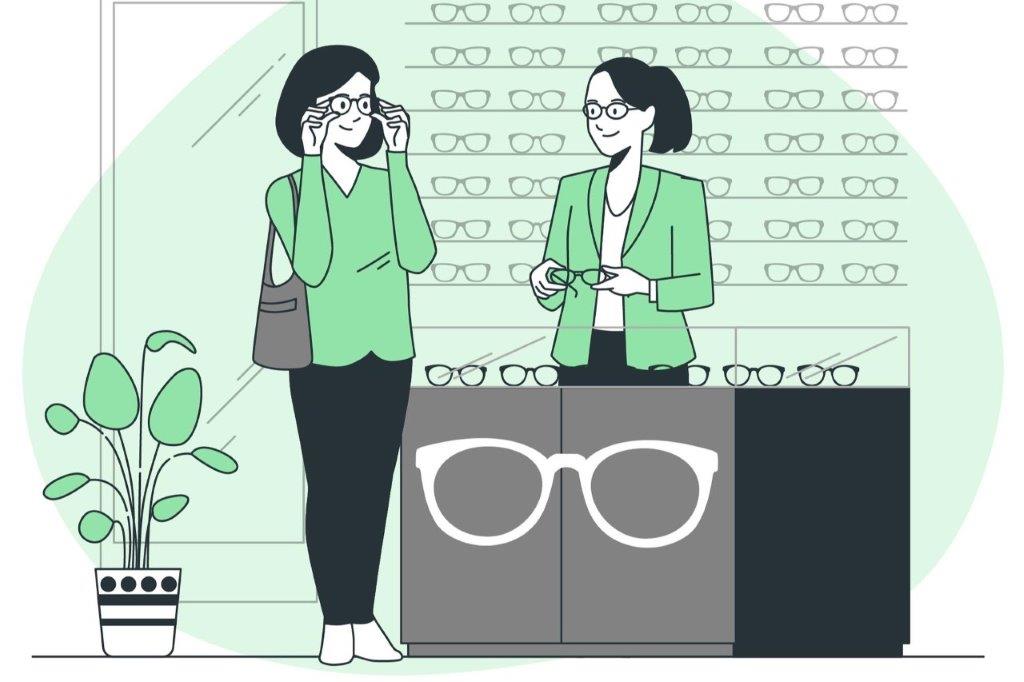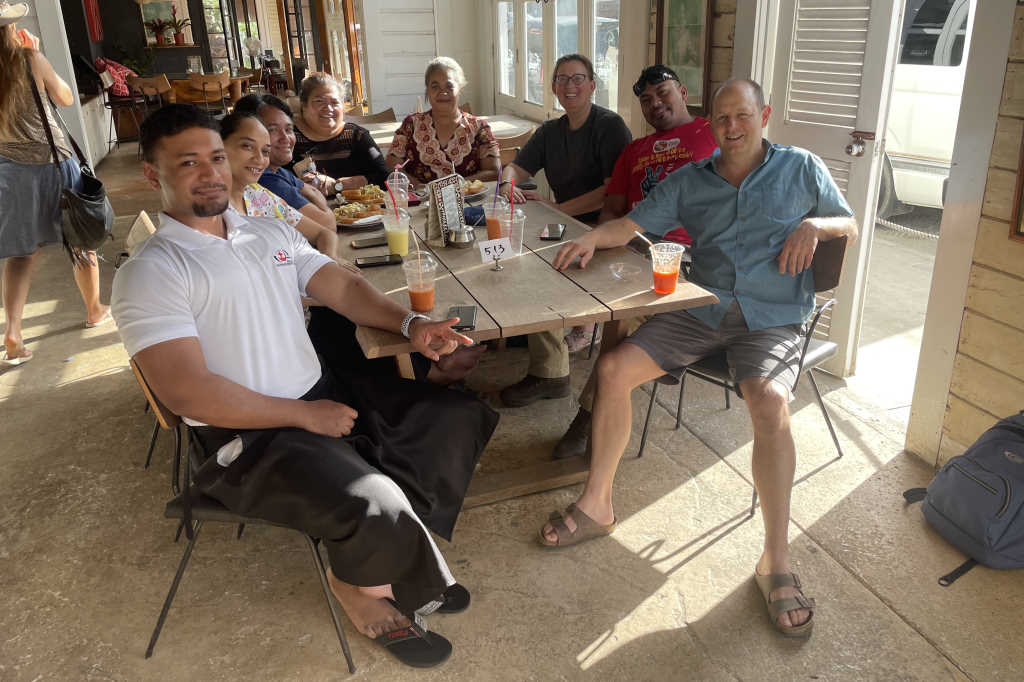Last impressions count
In busy day-to-day dispensing, it can be easy to focus on the initial in-store experience of the patient – the eye health check, the selection of lenses and the frames to carry them. While we are fully committed to ensuring this experience is professional and pleasant for the individual, do we offer the same standard of care when they return to collect their spectacles? That may be the last time they see us for a year or more and will doubtless leave the strongest impression of the care they received.
The ever-evolving nature of the industry and the products available to better fulfill patient needs have always fuelled my passion for dispensing. But more sophisticated lens designs and technologies require us to fit them correctly first time to maximise wearer acceptance and satisfaction and create that last impression. With the current economic climate filled with consumer spending uncertainty, will we see customers purchasing spectacles less frequently as they seek to stretch their dollar further? Now more than ever, it’s vital your patients appreciate your professional service as much as the products they invest in, so it’s your practice they return to next time.
The process of collection in many optical practices has remained unchanged for years, so perhaps it’s time to take a fresh look at this critical component of the customer experience.
Begin with the end in mind
A vital dispensing approach is to begin with the end in mind. Many dispensers do not take the appropriate measurements to enable spectacle fitting adjustments prior to their collection appointment. One justification I have heard is the frame received from the lab is not the same as the one fitted at dispense; however, even if it was the same frame, the lab team will often have to manoeuvre nose pads out of the way to avoid chipping lenses on insertion, or alter the curvature of the rim appropriate to the lens. In either case, the frame will often revert to standard alignment, requiring us to readjust it anyway.
I wonder how the customer feels about adjustments being made while they’re in the store. If a carpenter came to your home to fit a new cupboard, how would you feel if they just looked at the space, estimated the dimensions then kept recutting the wood until it fitted? You would quickly lose confidence in their work. An experienced carpenter ‘measures twice to cut once’. Likewise, preparation is crucial to ensuring spectacles will fit and visual clarity is maintained once they are glazed. For some patients it’s the determining factor in providing appropriate correction.
I always encourage stores to measure head and temple width, either with a ruler or a pair of head-width callipers. Taken above the ear for the head, then at the temple and with appropriate compensation (described helpfully in head calliper user guides), these measurements can be easily applied to the finished pair of spectacles. You can then adjust the angle of let-back and other parameters to ensure the spectacles fit like a glove, first time. This values the customer’s time and can be completed when the practice is quiet.
With the popularity of acetate frames (which often require a little more time to adjust) or the recent growth in sales of rimless frames, standard measurements such as length to bend, angle of side and of drop are vital to ensure the ‘bespoke’ feeling continues beyond positioning the lenses. Besides, I have always enjoyed taking my time to adjust a rimless frame ahead of the patient returning, rather than doing so under pressure.
Although most practices invest in marketing to attract new customers, we know there is no better advertisement than the spectacles the customer leaves your practice wearing. Your practice’s reputation is vital and last impressions count. This is the perfect time to review the in-store process to ensure your customer continues to receive the best vision, product and service.
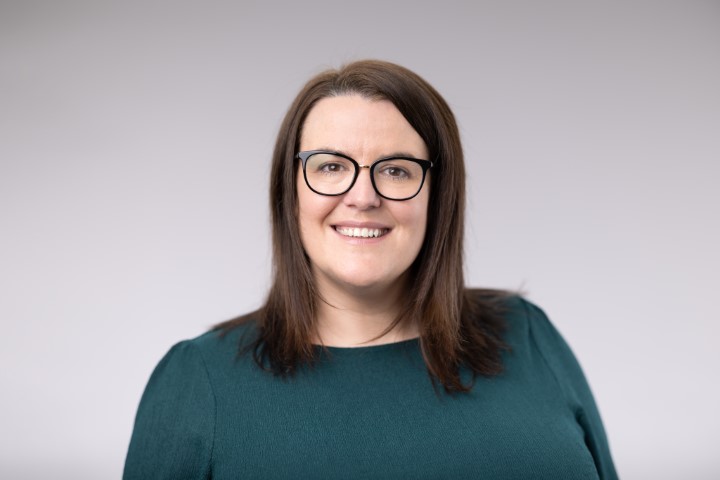
Rhian Evans FBDO CL is a dispensing advancement manager for Specsavers Australia and New Zealand. She has worked as a qualified dispensing optician in a variety of independent and corporate practices over the last 20-plus years and more recently as a national trainer.










